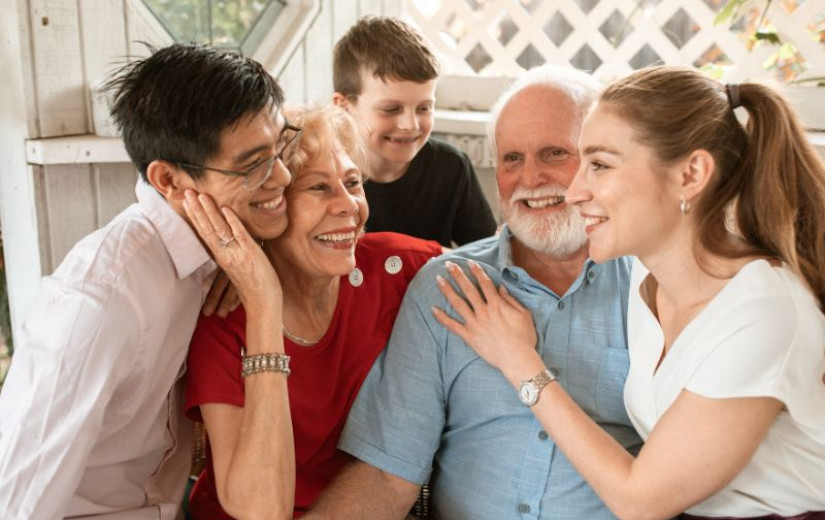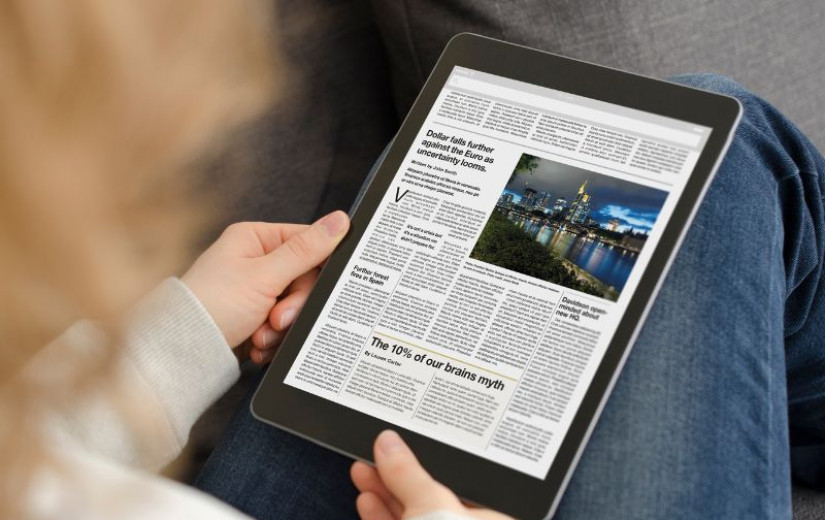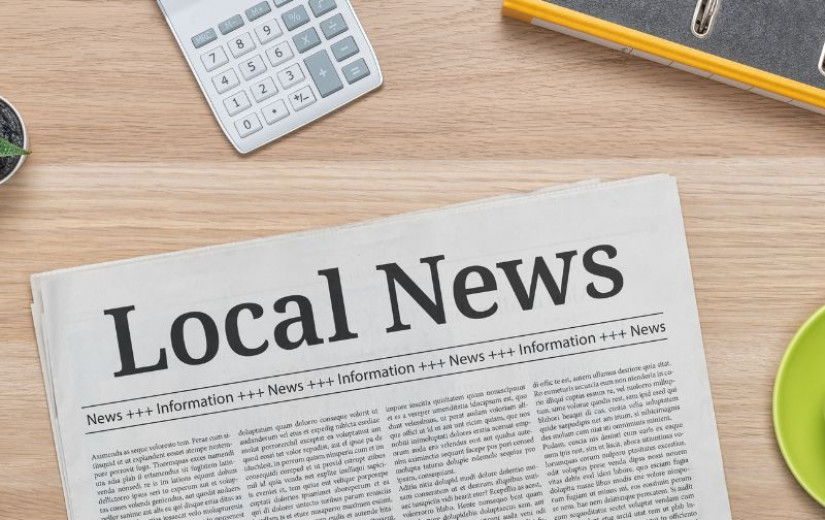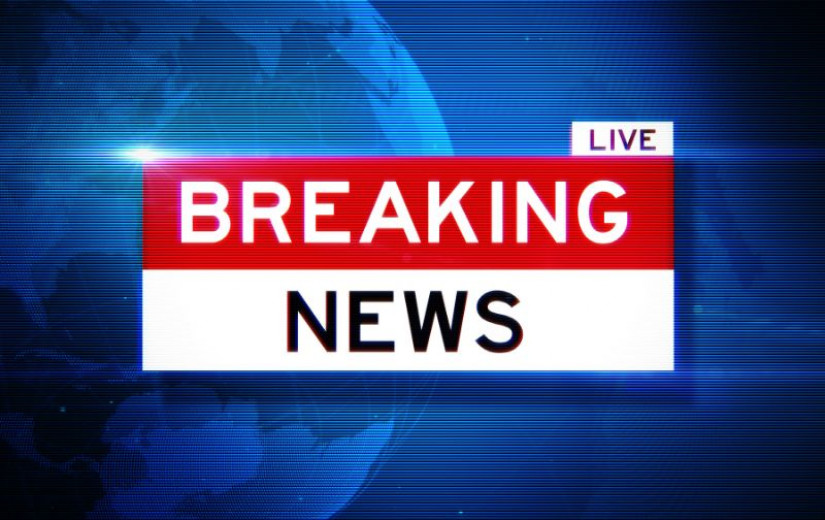
(TheDailyCurrents.com) – Every citizen deserves access to essential utilities such as water, electricity, and heating. However, economic challenges often make it hard for low-income earners to meet their utility expenses. In response, the federal government has implemented various assistance programs to provide support and alleviate the burden of utility costs for vulnerable populations. Here are two common government programs designed to help with utilities.
1. Low-Income Home Energy Assistance Program (LIHEAP)
The Low-Income Home Energy Assistance Program (LIHEAP) is an initiative the United States government introduced to help low-income households cater to their energy needs. Established in 1981, LIHEAP operates in all 50 states, the District of Columbia, tribal territories, and U.S. territories. This federally funded program provides financial aid to eligible families, enabling them to pay their heating or cooling bills during extreme weather conditions.
Eligibility and Application Process
To qualify for LIHEAP, applicants must meet certain income and household size criteria set by each state. Generally, families with income levels at or below 150% of the federal poverty guidelines are eligible to apply. The application process varies by state, though it typically involves filling out an application form, providing documentation to verify income and household size, and submitting it to the designated LIHEAP agency.
Benefits and Services
Upon approval, eligible recipients receive financial assistance based on their household’s income, size, and heating or cooling needs. The benefits offered can vary and may cover a portion of the utility bill or offer one-time grants during emergencies. In addition, LIHEAP often provides weatherization services to improve energy efficiency in low-income households, further reducing energy costs and environmental impacts.
Impact and Importance
LIHEAP has proven to be a lifeline for millions of vulnerable households across the United States. During extreme weather conditions, like scorching summers or freezing winters, energy costs can skyrocket, putting immense strain on low-income families. LIHEAP not only helps vulnerable individuals keep their homes comfortable and safe, but also prevents energy-related health risks associated with inadequate heating or cooling.
2. Weatherization Assistance Program (WAP)
Established in 1976, the Weatherization Assistance Program (WAP) aims to decrease energy-related costs for low-income families by implementing energy-efficient home upgrades. The program targets residences that lack adequate insulation, have inefficient heating and cooling systems, and suffer from drafty windows and doors.
Through its initiative, WAP helps families save money on their utility bills. Further, it contributes to environmental sustainability by reducing energy consumption and greenhouse gas emissions.
Eligibility and Application Process
WAP eligibility is primarily based on income and household size. The federal government gives priority to households with seniors, individuals with disabilities, and homes with young children. Like LIHEAP, each state administers its own WAP, and interested individuals can apply through their local Weatherization Assistance Agency. The application process involves an assessment of the home’s energy needs. If approved, qualified households will receive no-cost weatherization services.
Weatherization Services
WAP offers various weatherization services. These include adding or enhancing insulation in walls, attics, and crawl spaces, identifying and sealing air leaks around windows and doors, as well as repairing or replacing inefficient heating and cooling systems.
Moreover, the program also focuses on installing energy-efficient windows and doors and implementing LED lighting to minimize electricity consumption. These measures collectively improve the energy efficiency of homes, leading to long-term savings on utility bills, enhanced indoor comfort, and reduced environmental impact.
Conclusion
Government programs designed to help with utilities are essential for supporting individuals and families facing economic hardships. LIHEAP and WAP are two common federalized initiatives. These programs alleviate the financial burden of utility expenses and contribute to improved health, comfort, and overall quality of life for those in need.
Copyright 2023, TheDailyCurrents.com









